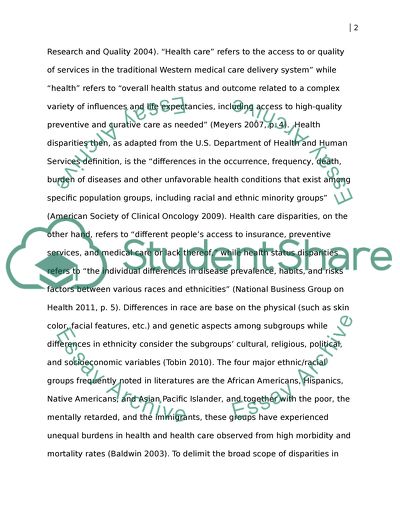Cite this document
(“Ethical Concerns in Health Care Disparities Research Paper”, n.d.)
Retrieved from https://studentshare.org/education/1427460-describe-the-ethical-concerns-regarding-cultural
Retrieved from https://studentshare.org/education/1427460-describe-the-ethical-concerns-regarding-cultural
(Ethical Concerns in Health Care Disparities Research Paper)
https://studentshare.org/education/1427460-describe-the-ethical-concerns-regarding-cultural.
https://studentshare.org/education/1427460-describe-the-ethical-concerns-regarding-cultural.
“Ethical Concerns in Health Care Disparities Research Paper”, n.d. https://studentshare.org/education/1427460-describe-the-ethical-concerns-regarding-cultural.


